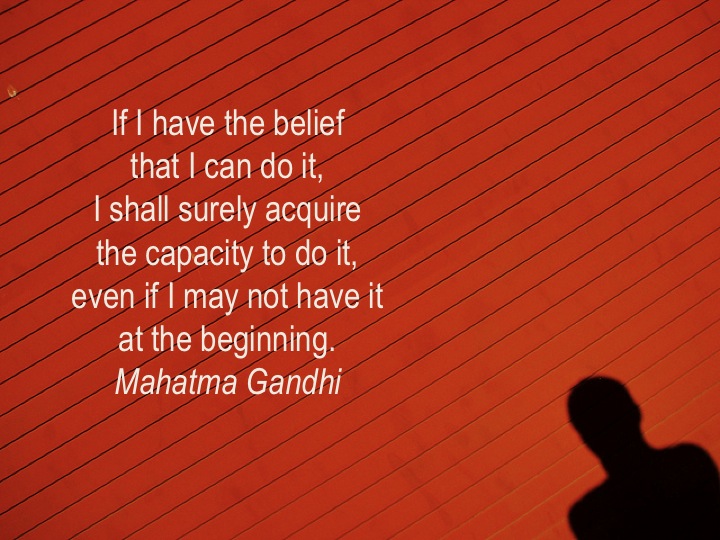When I started working with and funding grassroots organizations in east and southern Africa, my goal was to flip the script on old-school capacity building approaches.
First of all, what if what was offered in terms of resources or training could be based on people’s identified needs? Deborah Eade argued in 1997 that organizational development can be ill-suited to the “short-term grant mindset common in the NGO and international aid sector,” which too often prioritizes building capacity for financial absorption over capacity for improved service delivery, advocacy, and organizational learning. What if we could measure capacity by something other than the degree of formal structure of the organization, which is what most organizational capacity assessments rely upon?
Also what if nascent or “of the community” grassroots organizations needed something totally different? What if whatever we did could be built upon the existing capacity found in indigenous grassroots groups – deep contextual knowledge, embeddedness within communities, resourcefulness, language and cultural skills, and the ability to operative in a responsive manner to local needs?
We all start somewhere. And we all need to feel as if we’re good at something, in order to improve in new areas. What if, no matter what state we find them in, grassroots organizations (like people, made up of people) are already and always developing, as a natural process? Allan Kaplan wrote in 2000,
“Organizational change processes are often contradictory, ambiguous, and obtuse. They are long-term and not easily observed. Most of all, they are unpredictable. Therefore, while they can be influenced, they lie forever beyond our control.”
Acknowledging this, isn’t it time to drop the pejorative assumptions and judgments? (If someone out there works for a perfectly-managed organization, please do let me know!)
In and of itself, “capacity building” is a problematic idea. As one commenter on my blog wrote,
“Building of Southern civil society capacities is offensive and patronizing. Facilitation and expansion of capabilities would be more logical. Let the Southern NGOs develop themselves and be relevant to the challenging situations. Solidarity, learning processes and exchange of experiences would provide a good forum for progress.”
So what if we re-oriented capacity building approaches for to be rooted in what grassroots organizations often require most of us – allies, nurturance, respect, celebration, collaboration, and engagement?
It was with all of this in mind that I created the “Building a Fire” tool in 2006 while working for the Firelight Foundation. The intention was to provide an opportunity for: 1) grantees to reflect and learn more about their own effectiveness, 2) program officers to better understand the needs of the partners and respond to them, and 3) tracking grantee’s organizational development over time (and thus help measure the foundation’s own effectiveness over the course of our partnerships).
The tool formed the basis of a self-assessment process for grantees to rank themselves in six areas: programming for children and families, community and external relations, strategy and structure, leadership, management and teamwork, and human and financial resources. What distinguished Building a Fire from other organizational capacity self-assessment tools was the use of a colloquial four-point scale (see below) and the positive, asset-based statements it used that attempted not to presuppose a lack of capacity, for example:
- You can see lessons learnt from our past experiences in our current programs.
- Community members are taking up issues facing children without incentives from us.
- Our board gives good advice to our organization.
- Morale is high – we are motivated & committed.
- Our staff and volunteers are skilled at organizing and following-up on activities.
- Budgeting is directly related to our activities planning.
Not the foundation staff, but our “eyes and ears” resource people in Zambia and Rwanda tested the tool first, and found it to deliver reliable scoring on grantees’ strengths and weaknesses when they compared it to their own assessments of the organizations. We also ground-truthed it during grantee meetings in Lesotho, Malawi, Uganda, and Zambia.
Once we rolled it out widely, what we found is that – like any self-assessment tool – it revealed a positive bias when used without face-to-face dialogue. However, the tool remained relevant in demonstrating how organizations see themselves and in highlighting individual grantees’ capacity building needs.
Looking back on it now, the tool itself may have been a bit clumsy and imprecise, but it proved effective in initiating important dialogue with grantees. And isn’t that the point?
With do-gooder industry shifting, it’s more important than ever that the ability and penchant to understand and work with organizations of any size and type becomes a core skill of anyone working on behalf of social change. Whatever tools are using used, we need funders, aid practitioners, social entrepreneurs, and the rest thinking carefully and differently about what it is to do justice to people’s own vast and vital efforts in the developing world.
If we’re smart, we’ll stop looking for capacity to be built, and start realizing we are all just trying to build a fire.
* * *
Related on how-matters.org
Oral Reporting With Grassroots Organizations—Here’s How!
Founder’s Syndrome: How Organizations Suffer…and Can Recover (Part I)
Exchange Visits Among Local Organizations—Here’s How!
Would YOU fund this organization?
The wisdom of dlalanathi: Reflections on organizational growth
What changes as an organization gets stronger?
Seeing the future in sovereign local organizations – Part I
Mentoring Among Local Organizations—Here’s How!
How to build strong relationships with grassroots organizations, Part 3 of 3
Links & Resources on Organizational Development for Community-Based Organizations





















